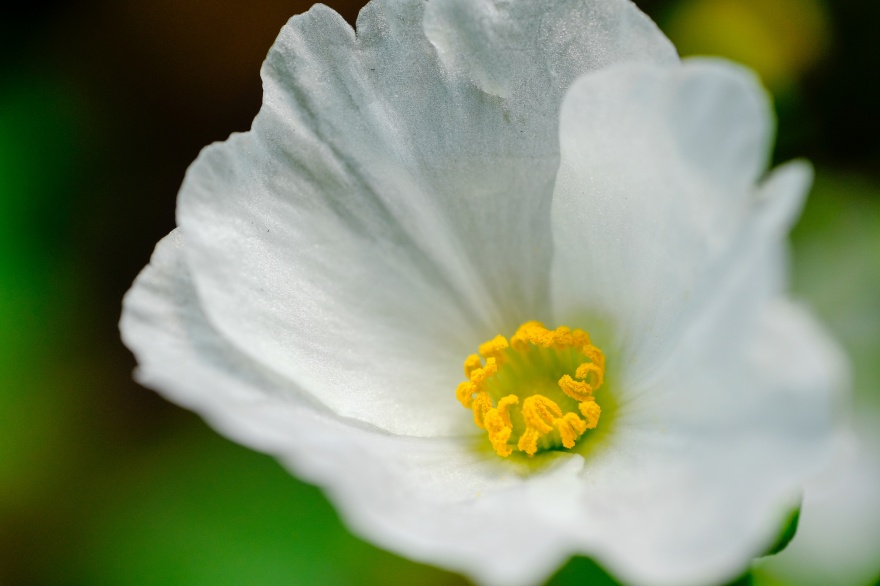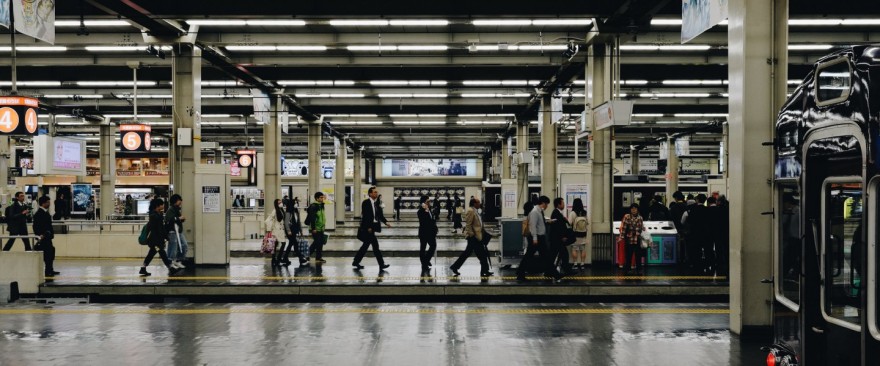I started photography with a Canon PowerShot G12, followed by G1X and later EOS 50D. As time goes by, my photography hobby was sort of like on the edge of giving up as I just don’t feel like going out and shoot with my gears anymore. The issue is mainly due to the heavy gears and also I’m not joining many local community to go out and practice photography.
After much consideration and observation on the camera released by Fujifilm, such as X100 and X-Pro1, in December 2013, I bought the Fujifilm X-E2 to replace my whole Canon system. I must say getting the Fujifilm camera has reignited the joy and passion for photography, and I believe many would agree with me on this. The reason I jumped into Fujifilm is simple: the rangefinder design, compact and light weight system paired with the small prime lenses, the intuitive control layout and the film simulation which gave them the best JPEG output in the camera market.
Later on I got myself the X100S as my “everyday camera”, but sadly ended up selling it after few months of usage. I’m fine with it’s “compactness”, but the deal breaker for me was the camera’s operation was rather slow, and it’s actually different as compared to my X-E2 (AF switch button is at the opposite direction, for example). It’s frustrating and irritating at the same time. Not to mention the lens was soft at wide open and I need to constantly stop down in order to get better sharpness. I’m not saying it’s a bad camera, it still performs pretty well in general when you work within it’s limitation. But I have to say I bought it on impulse, and after much consideration, it just doesn’t suit my requirement.
The X-T1, which was a SLR designed camera, was released later on and I traded my X-E2 for it. It’s a fine camera that packed a whole punch of features and technologies inside. However, at this point of time, competitors had already catch up with the like of Sony releasing their A7 lineup. Fujifilm is no longer the only player, and others were catching up in a fast pace and even surpassing them in many areas. For me, I still like shooting with Fujifilm camera, and I love the lenses that I owned such as the XF18, XF23 and XF56. Even though X-T1 is not as feature rich as others, the price is not that cheap either, but I still decided to stick with it as I enjoyed shooting with it.
But ever since the release of X-T1, the lens lineup for Fujifilm has changed quite a bit. The coming lenses like XF16, XF18-135, XF16-55, XF50-140 are all huge and bulky. Even though they are “optically superb” and weather sealed, these lenses just don’t fit into my requirement. Well, to be fair I already owned all the focal lengths I needed, but it just made me feel that Fujifilm has forgotten it’s “roots and heritage” of releasing compact system camera with small and superb lenses. I’m not against Fujifilm from releasing their “pro” line of lenses, but it’s just that at the same time I felt that my needs for a compact and light weight system has been abandoned by them. Later on, I got myself the X-Pro1 as a second body to shoot for my trip in Japan. I wrote about it in my previous posting that there are a lot to like and hate about this camera, and this is where I found myself in a dilemma.
I had always fascinate about shooting with a rangefinder camera. In many ways, I enjoyed shooting with the X-Pro1 more than the X-T1, but the performance of it leaves much to be desire. X-Pro2 is no where to be seen, and on a side track I got a taste of what real rangefinder is like after I acquired the Leica M9-P. The optical viewfinder on X-Pro1, although beautiful as it is, it just isn’t a rangefinder no matter how much it tries to disguise. Perhaps it’s just me who can’t work with the optical viewfinder of X-Pro1, but I believe most if not all are using it with electronic viewfinder instead, which defeats the purpose of having it there in the first place. X-Pro1 ended up as the second most short lived camera for me. It’s a shame, really. As a camera it sure offers a lot of great user experience, but being a flagship that contains specification that is even lower than current entry level, it simply makes no sense to pay for the premium price for it unless you are buying used or in dirt cheap promotion price.
And there came a chance for me to shoot for my friend’s wedding, and I decided to shoot with the X-T1. I loaned the XF16-55 and XF56 APD from Fujifilm Singapore and shot the wedding day with it. This was the first time I shoot for a wedding, and I had made a couple of mistakes throughout and ended up not getting results that I wanted. But when I looked back, the performance of the whole system is still… has a lot of room for improvement. I have been shooting for hobby all this while, hence such issue never surfaced to me before. But once I get myself into the run and gun situation, how I wished I have a DSLR with me. “DSLR is dead”, that’s what mirrorless users loved to say. I can assure that they are completely wrong and DSLR will stay relevant at least for now.
The AF system for X series camera is still unreliable at times. The focusing speed is reasonable, but the accuracy is what frustrate me most. The dynamic range for the sensor is still limited compared to competitors. When underexposed, there’s little room to pull back the shadow without introducing noise. And I still can’t find a good way to process the raw files of Fujifilm. Some of these issues can be my own problem, but when I can harvest better result with the same process with other camera, it makes me wonder why I need to torture myself for it. In the end, I had been shooting and using Fujifilm’s JPEG files most of the time.
Keeping the X-T1 also means that I need to continue to keep a whole lens line up just for it. As my M mount lens will not be in the same focal length when I adapt them on it due to the sensor crop factor. As my goal has always about downsizing and streamlining my gear, I had made the hard decision to sell off my whole Fujifilm system. Yes, it’s a hard decision. I try not to hop around systems too much but when things aren’t work out for me anymore, is time to let go. Emotionally I’m still attached with Fujifilm’s camera, even those from Canon. Canon cameras had nurtured my photography basics for 3 years, while Fujifilm cameras had accompanied me through the learning and growing phase for another 2 years. As much as I’m being objective and not bias to any brand, I can’t helped but to get a some emotional attachment to the things I used.
At this point of time, the Sony A7 series camera seems to be a good fit to streamline my equipment as I can literally use the same lenses I used on my M-P on them, hence I’ll be shooting with them and knowing them better. But I still feel that something is missing on the A7 series which is decisive enough to hold me from jumping into it. Perhaps it is “soulless” like what many others are saying. I’ll continue to keep a lookout as I’m not in a hurry to expand my current line up. I should be able to live with my M-P and the four lenses I have for quite awhile. There’s still a X30 lying around in my house as it belongs to my girlfriend, so I can still technically shoot with a Fujifilm camera whenever I want to.
Goodbye Fujifilm. I really enjoyed using your camera, but as time goes by, it seems like we have parted in our directions, philosophies and goals, hence I have no choice but to let you go. Hopefully someday you will be able to wow me again with a great camera like how the X-Pro1 did in the year of 2012, and I will be more than happy to embrace you again. Till then.








